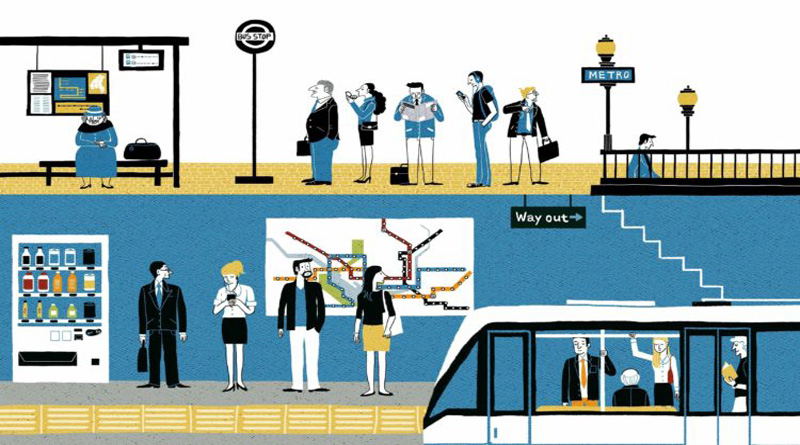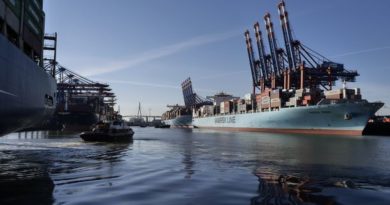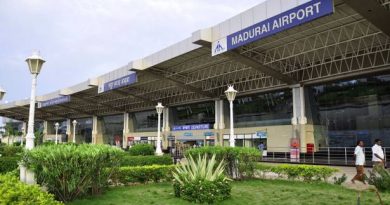Ignored in Plain site. Bus networks and fuel price anxiety

Transport is among the three biggest influencers on sustainability, besides Agriculture and Energy. For India particularly, the current spike in global crude oil prices has again brought to the forefront the abysmal failure to manage its transport sector. And perhaps nowhere is it more visible than in public transport, specifically, Bus networks across cities. Even as the government talks about a long-term ‘fix’ for the problem of volatile oil prices, it might do well to ensure that any long-term solution has a significant public transport system in place. More precisely, quality bus networks in its major cities.
So let’s start with Mumbai, till recently, a city considered to have the highest usage of public transport, underpinned by the city’s famed suburban rail system, but underpinned always by a solid bus network. Today, after years of mismanagement and apathy, the bus services are in complete disarray, forcing that city’s citizens, much like Delhi for decades now, to opt for the wildly more expensive and polluting option of individual vehicles. Even as fares have been hiked to absurd levels, the municipal corporation of Mumbai claims to be losing money on the bus fleet, a fact that is primarily due to its own inefficiencies, overstaffing, high wages and plain corruption. And if you thought traffic congestion was the only reason the wait for buses has grown longer in Mumbai, think again. For a city that continues to grow relentlessly, buses in the BEST fleet have dropped from 4700 in 2010 to 3337 in 2018, a 29% fall at a time the city’s population grew over 18%. Private transport, on the other hand, has practically been pampered, with even the infamous Octroi or entry tax to the city being removed last year, leading to a massive growth in private vehicle ownership. It’s a path that is simply unsustainable.
Moving on the capital Delhi, the bus network has not been ignored actually, it has suffered every effort to kill it, to be frank. Other than the one bright spot of a ‘green’ network powered by CNG, mandated by the Supreme Court in 1998, the bus system in Delhi has been systematically starved of funds and attention. Even the numbers for buses that hit the roads everyday are undependable today. For the record, the government itself, in an affidavit filed in the court, had declared a requirement for 11000 buses. The actual number of buses on the roads, is probably close to 5000, with about 3700 rolling off from the DTC’s fleet.
Other major cities have a similar tale, with even cities that have a decent network today, be it Hyderabad or Ahmedabad, showing increasing signs of the errors Delhi, and later, Mumbai made, with a huge growth in private transport the initial signs that a whole generation of Indians are beginning to consider bus travel an inefficient waste of time.
We believe that for India to feel ‘proud’ of being the worlds fourth largest market for autos today is a travesty, and speaks volumes for the failure to provide decent public transport. Even the US, widely recognised for its aversion to buses, has a better per capita availability of buses, at 2.6 per 1000 people, than India’s abysmal 1.7. Thailand at 8.6, or South Africa at 6.5 are countries this nation has to look up to.
Buses have been demonstrably better at reducing congestion, space for parking and pollution, given half a chance. While unfortunately, it is too much to expect even knee jerk reactions from the government machinery to respond to the fuel crisis with a better bus network, it might not be a bad idea to mandate minimum bus fleets for every Indian city with a population over 1 million, even as the road network improves. A practical PPP model also needs to be replicated looking at the success in cities like Ahmedabad, so that inefficiency, as in Mumbai, is the last thing we hear about this most versatile and friendly transport option.
![]()




